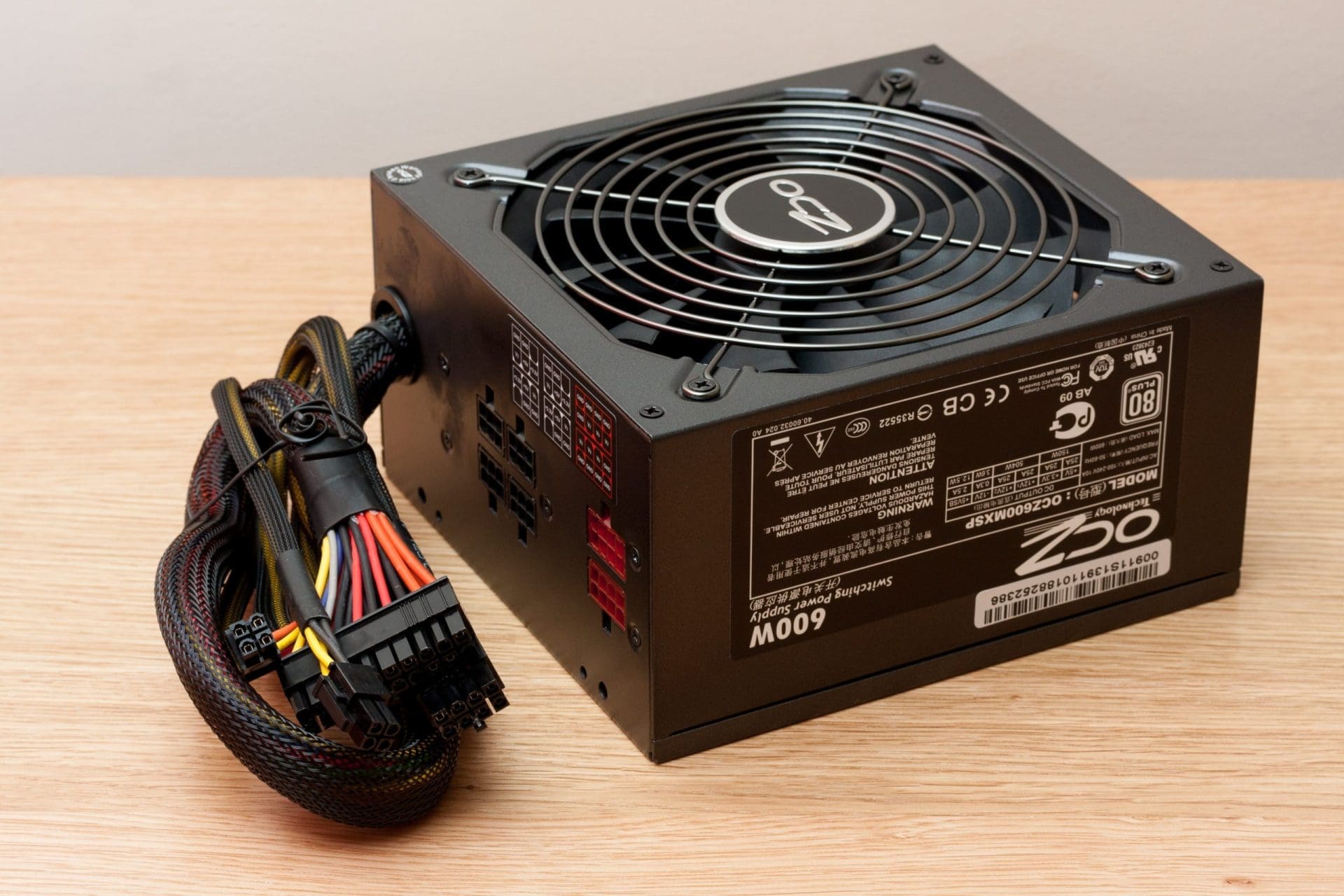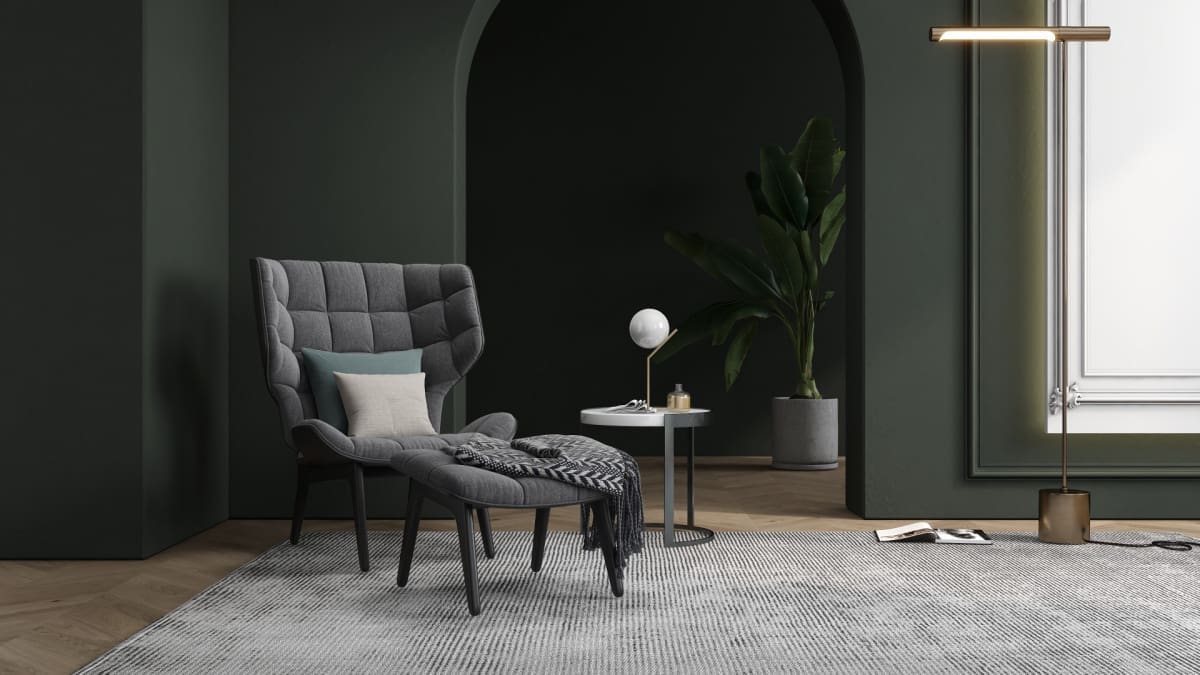3D has become a godsend for getting things done more effectively and in a fraction of the time and money, be it products, architecture, medicine, or any other field. 3D allows you to create photorealistic and lifelike images while preserving even the smallest details in a breeze using your PC.
However, with all this overwhelming power and extreme versatility, CGI demands a capable system configuration to work effectively. That being said, let’s talk about what PC specs you should have for 3D.
Know Your Needs
Not all PCs are identical; know your needs and expectations before purchasing expensive components. You might spend too much money on components you don’t require or end up with a PC incapable of getting you through your 3D tasks.
We assure you that any modern PC (including yours) can handle the basic CGI tasks. However, if rendering complex 3D models for your clients is what you aim for, you have to consider getting an expensive and more capable PC.
For your convenience, here are the minimum, balanced, and high-end system requirements for CGI rendering:
PC can't handle your files?
Try our render farm service!
Rent our powerful machines for your 3D projects. Learn more about our render farm plans for your needs:
Render Farm ServicesKey Points:
- A capable and powerful CPU is vital for 3D. Unlike GPU-based rendering, CPU-based rendering utilises multiple CPU cores to get things done with extreme precision. Intel CPUs typically offer the best single-threaded performance, while AMD CPUs excel in multi-threaded performance.
- A good GPU is essential if you don’t want to bottleneck your high-end CPU. Nvidia provides the best and the most potent GPUs ever.
- Contrary to popular belief, good-quality storage can dramatically increase your 3D rendering speeds. SSDs can skyrocket your computer’s read/write speed. Programs will load faster, caches will be processed instantly, and applications will install more quickly if you choose to install an SSD.
Minimum System Requirements for 3D
This type of PC will quickly fall into your budget and get you through your daily 3D tasks. However, don’t raise your expectations; these PC specs are sufficient only if you’re in the learning phase and not a veteran 3D artist. The PC builds with these or similar configurations typically cost around $700.
Minimum System Requirements:
CPU: Intel Pentium G4620
Motherboard: Gigabyte Ga-B250M
GPU: ZOTAC GeForce GTX 2070
RAM: 16GB DDR4
Computer Case: Vivo V00
Storage: 120GB PNY SSD, and 1TB HDD
Balanced System Requirements PC For 3D
A balanced PC is a bang for your buck, providing immense value. A PC with these configurations will get you through most of your 3D tasks without breaking the bank. This system configuration involves a slightly higher-end CPU, more RAM, and a higher capacity SSD storage for blazing-fast performance. The PC with this or similar configuration costs around $1200.
Balanced System Requirements:
CPU: Intel i5-9600k
Motherboard: MSI Z390-A
GPU: GTX 3070 6GB version
RAM: 32GB DDR4
Computer Case: NZXT S340
Storage: MX500 250GB SSD, and 2TB HDD
High-Performance System Configuration for CGI
This high-end spec-loaded PC is ideal if you pursue CGI as a full-time career option. The components powering this PC will get you through all your complex 3D rendering tasks in a breeze. With top-notch specifications like the best and overpowered CPU and GPU, along with 1TB of SSD storage, these system configurations pack a punch. It would help if you only got these higher-end PCs, which cost you around $2000 or more.
Note: Please take these prices with a grain of salt. The pandemic has restricted the manufacturing and supply of semiconductors worldwide, causing the prices of GPUs and CPUs to fluctuate.
High-Performance System Requirements:
CPU: Intel i9-9900K
Motherboard: Z390 Aorus Pro
GPU: Nvidia GeForce GTX 4080
RAM: 64 GB DDR4-3200 Quad Channel RAM
Computer Case: Enthoo Evolv Case
Storage: Samsung 970 EVO 1TB SSD, and 2x HGST 4TB HDD
Understanding Individual Components
Being flexible can be really helpful, especially when you’re working with a budget, specific needs, and goals in mind. So, depending on your goal, you can adjust your setup to make the most out of your thousand-dollar investment.
Having a capable and powerful CPU in your PC is vitally important. Even though GPU-based rendering is receiving all the hype these days, you can’t ignore the main component of a PC. Or, your underpowered CPU might become a bottleneck for your expensive GPU. Unlike GPU-based rendering, CPU-based rendering utilises multiple CPU cores to get things done precisely.
Intel and AMD are the top contenders when it comes to CPUs. Intel chips usually have the edge in single-threaded performance, while AMD chips shine in multi-threaded tasks. So, think about what you’ll mainly use your CPU for to pick the right one.

- Graphics Card (GPU)
A good GPU is essential if you don’t want to bottleneck your high-end CPU. That said, the power and strength of your graphics card will determine the time your PC will take to render something. It also directly lessens the strain on your CPU as most of the power requirements while your computer’s GPU will cover rendering. Meanwhile, install a powerful fan for your CPU and GPU to avoid overheating and the meltdown of transistors.
In the GPU world, Nvidia is the ultimate conqueror, providing the best and most potent GPUs ever. However, extreme power does come with an extreme price tag. In contrast with the shortage of semiconductors due to the current pandemic, be ready to pay over $1000 for top-of-the-line GPUs.

RAM has comparatively little involvement in CGI. As long as you have an 8GB DDR4 RAM stick, you’re good to go (in most cases). However, even though 8GB is the minimum requirement for 3D, consider having a 16GB or a 32GB one for a better multitasking experience.
Your choice of 3D rendering software also matters when considering the minimum RAM capacity. 3D software like Cinema 4D is very RAM-hungry, and Google Chrome (another RAM-hungry software) can overpower your small 8GB stick. Also, leave an empty slot for an extra RAM stick.

- Storage
Contrary to popular belief, good-quality storage can dramatically increase your 3D speeds. However, when choosing the storage for your PC, it’s not the capacity you should go for but the storage drive type.
Hard Disk Drives (HDDs): If loads of higher-fps animation are your primary goal, consider having an HDD storage drive. You can go for HDDs if read/write speed is not your primary concern. These are affordable and provide you with a ton of storage space. Typically, an HDD with 1TB capacity and an SSD with just 256GB cost the same.
Solid Disk Drives (SSDs): SSDs can skyrocket your computer’s read/write speed. Programs will load faster, caches will be processed instantly, and applications will install faster if you install an SSD. However, you should only go for an SSD if you have extra money. If your budget is very tight, consider putting in more money to the CPU or GPU of your PC. Fortunately, upgrading your storage is one of the most straightforward tasks in PC-building. If you ever feel like it, you can replace or install an additional SSD in your system.

- Power Supply Unit (PSU)
Not installing a capable PSU is one of the most common mistakes that no one talks about. A cheaper PSU can cause catastrophic failures to your thousand-dollar system. It’s better to avoid risking your expensive PC to save a couple of hundred dollars. Also, you should consult an expert before purchasing a power supply unit for your system, or your system can go haywire if you accidentally install an incompatible PSU.
Conclusion
3D is one of the most trending topics these days and it’s not going to lose that hype anytime soon. With such immense popularity, 3D attracts a giant flock of students from all across the globe each year. And, if you’re also one of them, we’ve created a detailed guide that will help you get a capable system configuration for 3D rendering purposes.


